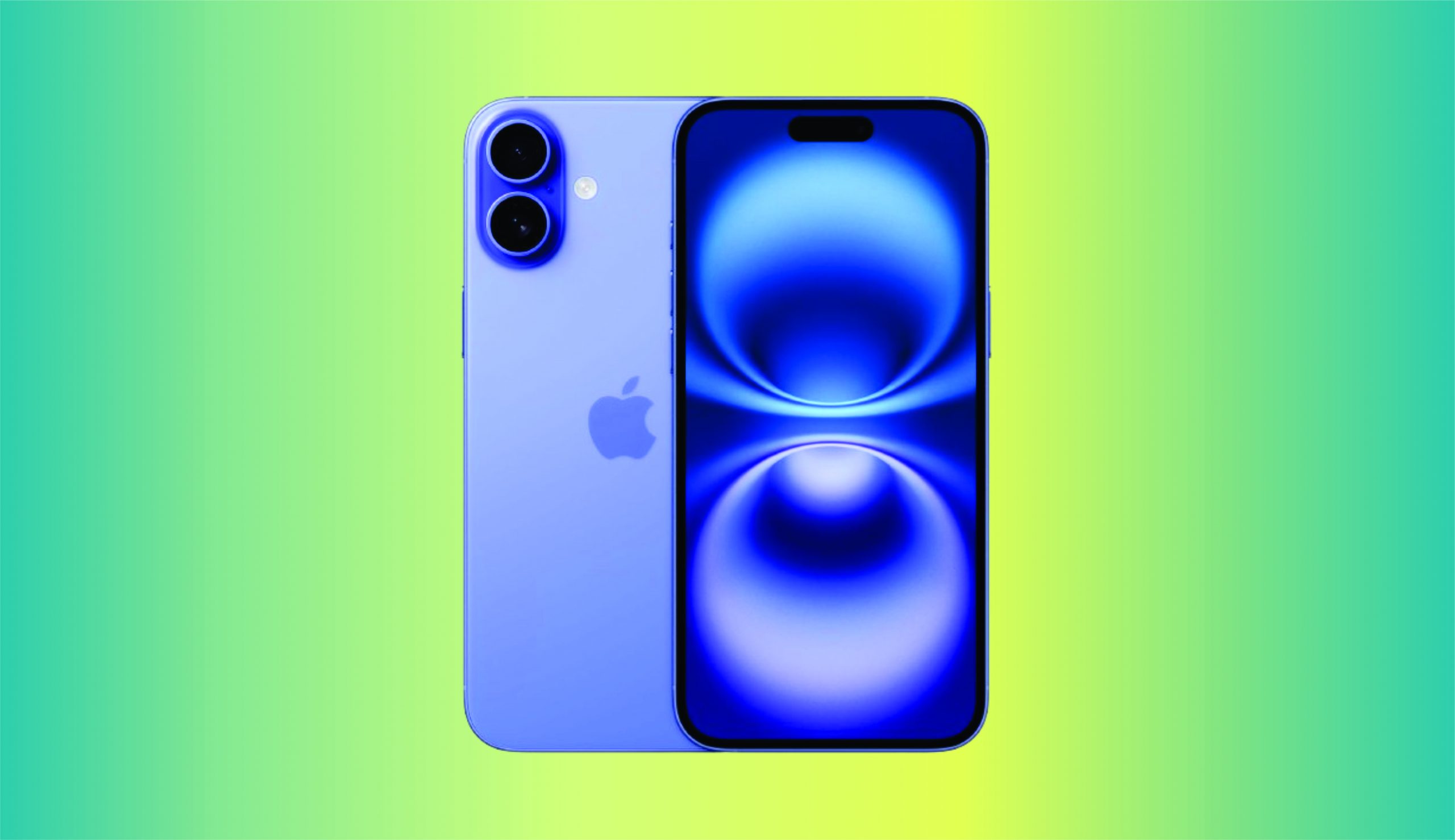The iPhone 16 has arrived with all the fanfare you’d expect from an Apple launch, but as with any device, it’s not immune to criticism. Whether you’re a die-hard Apple fan or someone just keeping an eye on the latest tech, you might already have heard about some of the common complaints surrounding this flagship device. Here are five problems everyone seems to be having with the iPhone 16.

Here, we break down the five problems everyone seems to be having with Apple’s newest model.
1. Battery Life: Still Not Where It Should Be
Despite Apple’s claims of better battery life, thanks to the new A18 Bionic chip and optimizations in iOS 18, many users feel the iPhone 16 doesn’t deliver the dramatic improvement they were hoping for.
While it’s true that the battery life is better than older models like the iPhone 13 or 14, heavy users still find themselves needing to recharge before the end of the day, especially if they use 5G, ProMotion, or other intensive features. Apple’s “up to 22 hours of video playback” doesn’t always hold up in real-world use, where people juggle multiple tasks like gaming, streaming, and social media.
Why It’s a Problem: For a premium device, battery life is crucial. Having to carry around a charger or power bank undercuts the convenience of a high-end smartphone, especially when some Android devices outperform the iPhone in this department.
2. Price: Premium Product, Premium Price
Apple has never been known for making budget-friendly devices, but the iPhone 16 has pushed the boundaries even further. The base model starts at $999, and if you opt for more storage or the Pro variants, you can easily find yourself paying upwards of $1,500.
While many argue that the iPhone 16 justifies the price with its performance and features, others feel the cost is becoming harder to justify—especially when many competitors offer similar specs for significantly less. Even long-time Apple users are questioning whether it’s worth upgrading every year, given the incremental changes.
Why It’s a Problem: The ever-rising price tag of the iPhone means that fewer people can justify buying one, especially when cheaper options exist with comparable performance. This could lead to people skipping upgrades or looking elsewhere for their next device.
3. Design: Starting to Feel Stale
The iPhone 16 follows the same design language Apple introduced with the iPhone 12—flat edges, a glass back, and the all-too-familiar camera bump. While it’s undeniably sleek, many users were hoping for something fresh this time around.
Some subtle refinements, like new colors and minor size adjustments, are nice, but they don’t feel revolutionary. And the large camera bump is still a point of contention. Not only does it make the phone wobble when placed on flat surfaces, but it’s also prone to scratches if you don’t use a case.
Why It’s a Problem: In a world where companies like Samsung are experimenting with foldable displays and other design innovations, Apple’s decision to stick with a tried-and-true formula feels conservative. Many users are starting to feel like they’re paying top dollar for a device that doesn’t look all that different from the last one.
4. Camera: Incremental Upgrades, but Is It Enough?
The iPhone 16 comes equipped with some impressive camera features, including enhanced low-light performance and improved optical zoom. However, for many users, the real-world benefits don’t seem as dramatic as they’d hoped.
While the improvements are there, especially for professional photographers or those who really push the camera to its limits, the average user might not notice much difference from the iPhone 15. This leaves some wondering if the camera updates are truly worth the upgrade, especially considering the growing size of the camera bump.
Why It’s a Problem: The iPhone’s camera system is one of its biggest selling points, but when the differences between models aren’t immediately obvious, users can feel underwhelmed. For those upgrading from a previous model, the camera improvements might not seem like enough to justify the cost.
5. Customization: iOS Still Plays It Safe
Apple has made strides in adding more customization options with iOS 18, like widgets, custom lock screens, and home screen layouts. However, compared to Android, the iPhone 16’s customization options still feel restrictive.
iPhone users are still stuck with Apple’s grid-based home screen layout, and while widgets have added some flexibility, they don’t offer the deep customization that Android users enjoy. Want to fully control the look of your device with themes or custom icons? iOS still falls short.
Why It’s a Problem: Personalization is becoming more important for smartphone users. While iOS is known for its simplicity, some users feel that Apple isn’t doing enough to let them make their devices their own. Android continues to lead in this area, leaving some iPhone users feeling stuck with a one-size-fits-all approach.
Conclusion: A Great Phone, but Not Without Flaws
The iPhone 16 is undoubtedly a powerhouse, boasting impressive features, solid performance, and a polished user experience. However, it’s not without its downsides. Battery life remains a concern, the price tag is steep, the design is starting to feel repetitive, and iOS still doesn’t offer the same level of customization as Android. Even the camera improvements, while solid, might not be enough to convince everyone to upgrade.
For loyal Apple fans, these issues might not be dealbreakers, but for those weighing their options, it’s worth considering whether the iPhone 16 truly delivers the innovation they expect at this price point. In the end, it’s still a great device, but like any piece of technology, it’s not perfect.
Also Check:
- Apple iPhone 16 Pro Max – Do Size Really Matter?
- This Xbox-Certified Portable HDD that Not Only Expands Your Game Vault With Up to…
- Shark AV2501AE AI Robot Vacuum Review: Hands-Free Control with Alexa and Google Assistant
- This Dual Monitor Stand Might Be the Perfect Solution, If You’re Serious About Creating…
- What If Your Monitor Arm Could Make Even a 49-inch Screen Feel Lightweight? The…
